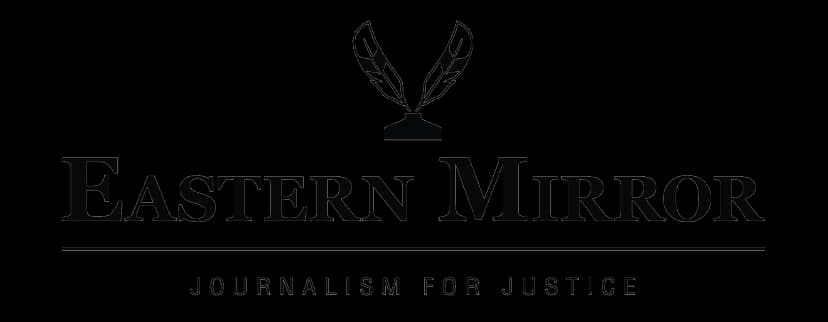THURSDAY, NOVEMBER 20, 2025
- Home
- Nagaland’s linguistic heritage rich but endangered
Nagaland’s linguistic heritage rich but endangered
Share
Sahitya Akademi says: Right time, right path to protect Naga languages
KOHIMA — A critical need to preserve Nagaland’s rich but endangered linguistic heritage was the central theme of a two-day language convention that opened at Ura Academy in Kohima on Monday.
Highlighting the state’s linguistic diversity, Prof. GT Thong, Pro-Vice Chancellor of Nagaland University, noted that the state has over 60 dialects within the Tibeto-Burman language family. This linguistic richness, while a source of cultural pride, has also created communication challenges, leading to the adoption of English as the official language and Nagamese as a lingua franca.
Nagaland is home to 19 recognised languages: Konyak, Phom, Chang, Khiamniungan, Yimkhiung, Sangtam, Tikhir, Ao, Lotha, Sema, Pochury, Nzonkhwe, Nthenyi, Tenyidie, Zeme, Liangmai, Khezha, Chokri and Kuki.
“For long, these languages did not have a written script and we have to rely on folklores of the tribes of Nagaland to decipher the historical and cultural heritage of these various linguistic groups.
“The languages are now being documented systematically, but urgently, because most traditional knowledge keepers are very old today. Few remaining are possibly the last of their oral heritage,” Thong said.
The professor further emphasised the importance of raising awareness to document and conserve the tribes’ rich legacy, preserving the cultural knowledge passed down orally through generations.
The convention aims to document and celebrate the 19 recognised languages spoken in Nagaland. It is organised by the department of Tenyidie, Centre for Naga Tribal Language Studies (CNTLS), and the department of Linguistics, Nagaland University, Kohima Campus, in collaboration with Sahitya Akademi (National Academy of Letters) and the Ministry of Culture.
Dr. N Suresh Babu, Deputy Secretary of Sahitya Akademi, emphasised the national importance of preserving India’s linguistic diversity and said that this Nagaland convention is the first time the Akademi has simultaneously convened a convention encompassing all 19 recognised Naga languages.
Stressing the importance of actively using one’s mother-tongue in order to preserve it, he said that the Akademi’s newly established Centre for Tribal and Oral Literature, is dedicated to documenting India’s unwritten languages.
“We are at the right time and right path to protect the languages,” he said, appealing to the people to give them a chance to ‘protect’ all the 19 recognised languages of Nagaland.
Dr. Mimi Kevichusa Ezung, the convention’s coordinator, provided further context, noting that 64 of the 100 non-scheduled languages in India originate from the Northeast, with 19 in Nagaland alone. She also acknowledged the complex role of Nagamese, a lingua franca that, while facilitating communication, also presents challenges to the survival of indigenous languages.
“Nagamese is neither a pedagogical language nor an indigenous language but is a lingua franca and the progressive nature of this lingua franca is something that all need to be aware of. While the growth of a language cannot be stopped, the people can be aware of its presence and of how it is overtaking the other languages of the tribes,” she said.
The convention will continue Tuesday with dedicated sessions for each of the 19 recognised languages.
Dr. Ezung outlined the objectives of the convention, which include ensuring that each tribe contributes a poem, a folktale, a lullaby, and a translated work to their existing literature by the conclusion of the event.

